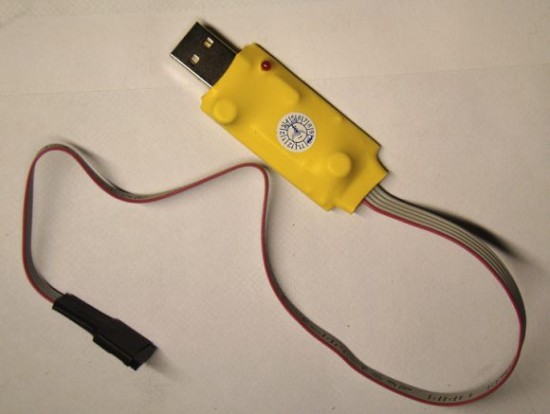Hardware and Software requirements

|
|
The development of an embedded system requires some hardware and software products. Although the hardware requirements depend on the type and complexity of the project, the following hardware tools are required in all of the experiments we are going to discuss here.
- A solderless breadboard for constructing and testing the experimental circuits. The breadboard is chosen because it is reusable. You can change, modify or remove the components on it at any time. While an embedded system is in development phase, you never know in advance whether or not your circuit will function correctly when assembled. So it is always good to test it first on a breadboard. Once it performs well, the circuit can be transferred to a printed circuit board.
- Microcontroller chips (PIC16F688 and PIC16F628A in this case)
- A PIC programmer to load firmware inside the microcontroller. You need to buy one with in circuit serial programming(ICSP) capability. This allows you to quickly program the PIC while it is in the target circuit. I have got an iCP01 USB PIC programmer from iCircuit Technologies. It is very handy, easy to use, and low-cost ICSP programmer for the most popular flash-based PIC microcontrollers. The best thing about it is that it is compatible with Microchip’s PICKit2 and MPLAB IDE softwares. And, it works great. Read Choosing a PIC Programmer.
- A PC is required for two purposes: to develop and compile the firmware for the microcontroller, and to transfer it to the PIC programmer so that it could be loaded into the program memory of the microconroller.
- A regulated +5V DC source to power your circuit on the breadboard.
- A digital multimeter as test equipment.
- Other components like resistors, LEDs, capacitors, wires, etc as required.
Required Software Tools
In addition to the above hardware, following software products are required during the experiments.
- A Compiler to develop and compile the firmware. You need to download and install the free version of mikroC Pro for PIC (a C compiler for PIC from Mikroelektronika) to follow these experiments. Here is the download link: mikroC Pro for PIC. Also download mikroC Pro manual and Create First Project. These user’s manuals describe the compiler features and setup procedure in detail.
- A microcontroller device programmer software that’s provided by the vendor along with the programmer hardware. It is required to transfer the firmware from the PC to the microcontroller. You can download PICkit2 programming software for iCP01 USB PIC programmer here.
|
|

thanks for this site
i am doing an automation project regarding which i need your help. The existing system is a angle control of two servos along with RPM , all these three change according to the user inputs through switches, every switch increments or decrements an unit accordingly, and this whole system is designed on RTOS. Now is it possible to interface a simple PIC circuit with the output pins to the swith wires, which automatically sends the increment pulses to the existing RTOS.
The link to software for iCP01 USB PIC programmer does not work. Current one: http://www.piccircuit.com/ins/PICkit2v2.61.zip
Pls, how can I pay for your product in Nigeria? After payment is confirmed how can I get the product?
I don’t sell any product.
cud u pls tell me brief about using 8051
@Manish,
There are lot of good resources on the internet about 8051. I am not good at that.